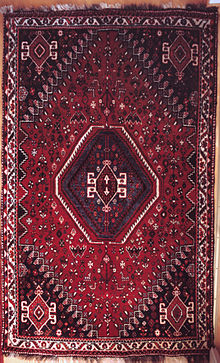 The verb “to orient” means “to align or position (something) relative to the points of a compass or other specified positions” But it also refers to finding “one’s position in relation to new and strange surroundings.”
The verb “to orient” means “to align or position (something) relative to the points of a compass or other specified positions” But it also refers to finding “one’s position in relation to new and strange surroundings.”
The derivation of the term Orient comes from the Latin word for east. While a 20th century definition would suggest Asia, or especially the eastern countries there such as China, Japan, and Korea, “the original East-West (or Orient-Occident) line in the Roman Empire was the Italian Peninsula’s East Coast.” As the definition moved eastward, the area in western Asia eventually became the Near East or Middle East, with China, et al becoming the Far East.
Probably the most famous train in the world is the Orient Express, the “name of a long-distance passenger train service created in 1883 by Compagnie Internationale des Wagons-Lits (CIWL)….Several routes in the past concurrently used the Orient Express name, or slight variants there of… The name has become synonymous with intrigue and luxury travel. The two city names most prominently associated with the Orient Express are Paris and Constantinople (Istanbul), the original endpoints of the timetabled service.”

The push back against the term Orient is that it is Eurocentric. Some believe the term “Oriental” suggested to them “passivity”, based on portrayals of people in media. A practitioner of Oriental medicine asks, “Is it racist?
When Oriental was official banned in New York State in 2009, Frank H. Wu, a law professor at Howard University, said, “The world ‘Oriental’ is not inherently negative. It’s associated with a time period when Asians had a subordinate status.” He said “the term was associated with exoticism and with old stereotypes of geisha girls and emasculated men… ‘Oriental’ is like the word ‘Negro.’ It conjures up an era.”
“By the strictest definition, Oriental rugs are carpets hand knotted only in Asia. Iran, China, India, Russia, Turkey, Pakistan, Tibet and Nepal are some of the biggest rug exporters. Persian rugs also are Oriental rugs but they are made only in Iran (formerly known as Persia).”
